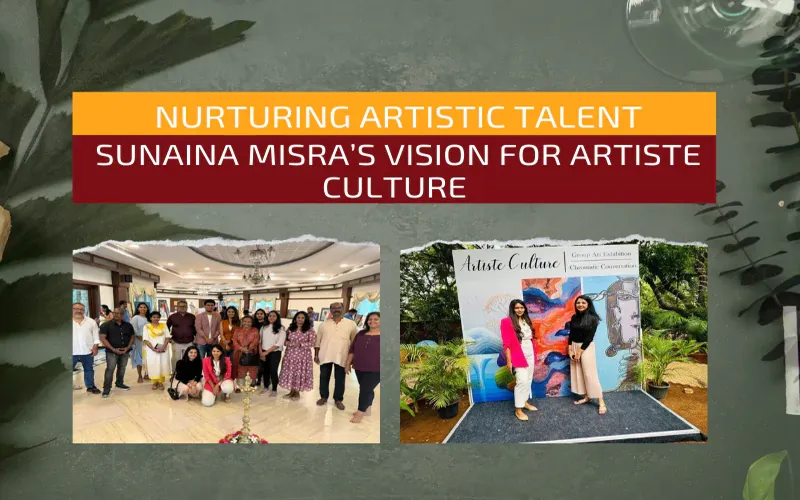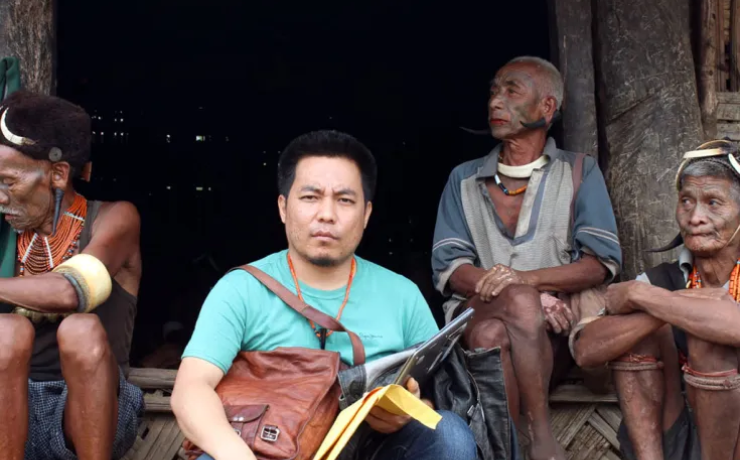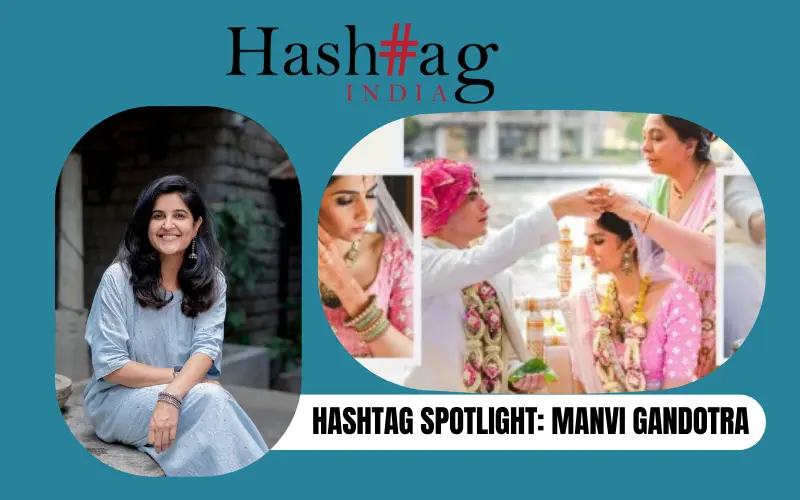A Short film is shorter than a full length film or a feature film. With the advancement in the digital age, there are other forms of entertainment such as short films, stand up comedies etc. In India, short films have a great impact on the audience. With the onset of pandemic, it has become a blessing in disguise for many short film makers, to create and entertain the audience, while gaining recognition through their films. Majority of short films are based on women empowerment, romance, chronic health diseases such as AIDS, psychological disorders; social issues such as unemployment, poverty; women issues – periods, marriages, crimes etc.
Let us look at the top 10 must watch Indian short films.
Interior Cafe Night:
Interior Cafe Night is a Hindi short film directed by Adhiraj Bose and was released on 9th August 2014. It is a 13 mins film which revolves around a couple who has to face harsh romantic outcomes – separation at youth and reunion at elderly. The story gives us a sense of romantic nostalgia which is faced by everyone at some point in our lives. The actors aced their roles. The scenes of separation and reuniting, are captivating and make the audience emotional. The story is very unique and interesting, and evokes old memories of love stories or crushes.

Afterglow:
Afterglow is a Hindi Tragic-comic short film directed by Kaushal Oza. It was released in the year 2012. The story revolves around a Parsi widow, Meher, who has just lost her husband and is dealing with emptiness and sorrow. The film is very touching, and makes the audience emotional, especially during the scenes portraying the couple losing the battle against chronic disease, the acceptance of death and the pain of letting go of the loved one.

Kriti:
Kriti is a Psycho-Thriller short film directed by Shirish Kunder. It was released in the year 2016. The story revolves around Sapan, played by Manoj Bajpayee. Sapan visits Dr Kalpana, a psychiatrist to help him find whether his love is real or not. Can she figure it out? To find out what happens next, you need to watch this Psycho- thriller film. The film entertains the audience, with a series of nail biting twists. The story is both interesting and a little scary. The actors did a phenomenal job, especially Manoj Bajpayee whose acting blends excellently with the character he plays.

Ambani –The Investor
Ambani is a Kannada short film directed by Vinod Nag. It was released in the year 2014. The story revolves around a poor boy who starts earning money by selling his father’s liquor bottles to the scrap dealer. Later, he earns profits by investing and rotates the money in other small business activities. The film encourages the audience to think like an entrepreneur by investing in the right sources which are available. The story also gives the audience about the basic idea of a startup. Though this film doesn’t have much dialogue, the idea of investment grabs the attention of the audience.

Going Dutch
Going Dutch is a Hindi Romantic short film directed by Gul Panag. It was released in the year 2017. What happens when a guy dates a feminist girl at a bar. Will the date go successfully? To find out what happens next, you need to watch this film. The film mainly focus on how people, especially men misunderstand feminism. The film spreads a sense of open mindedness and smiles among the audience.

Rudra – The writer
Rudra is a Telugu Comedy-Drama film directed by Nani Bandireddi. It was released in the year 2012. The story revolves around the film writer who faces a lot of struggles to make a film out of the script he made. Will the film writer’s story become successful? Watch it now to answer your questions. The short film is entertaining, has a good sense of humour and also tells the struggles faced by the people in the film industry.

Vara
Vara is a Telugu Sci-fi short film directed by Vidyadhar Kagita. It was released in the year 2017. The story revolves around a palaeontologist who is suffering from a chronic disease. During his last days of life, he happens to discover a fossil which is bound to challenge every notion of human existence and the world we live in. I recommend watching this short film as the story is very interesting and has various science concepts such as time travel, multiverse, etc.

God Must Be Crazy
God Must Be Crazy is a Telugu fantasy short film directed by Jayashankar. It was released in the year 2015. The story revolves around a man who comes to an interview. There is a discussion between him and the interviewer, who is considered to be the CEO of earth. The interviewer tries to prove that god exists in many forms. The story has a very interesting and entertaining sense of humour. It mainly focuses on moral human values which is less prevalent in the current generations.

Living Idle
Living Idle is a Telugu allegorical short film directed by Ramana, released in the year 2017. The story revolves around a sculptor who adds colours to the mud and clay sculptures, but doesn’t add colours to his own life. His personal life goes out of control, after Maa Durga punishes him. The film conveys the ways one has to control the pleasures or gratifications in their lives. It also speaks about women being powerful creatures on the earth.

Conclusion
Though short films don’t get the same recognition as the mainstream films, they are quite entertaining, with interesting storylines. Nowadays, many short films have amazing concepts, which are considered to be far better than a normal Bollywood film. Majority of short films are directed and made by young, innovative and creative minds. Short films can get the recognition they deserve, if they are supported and encouraged, with proper budget or funds. More support and encouragement for such types of filmmakers, with amazing abilities to create, educate and entertain is required in our societies.

































